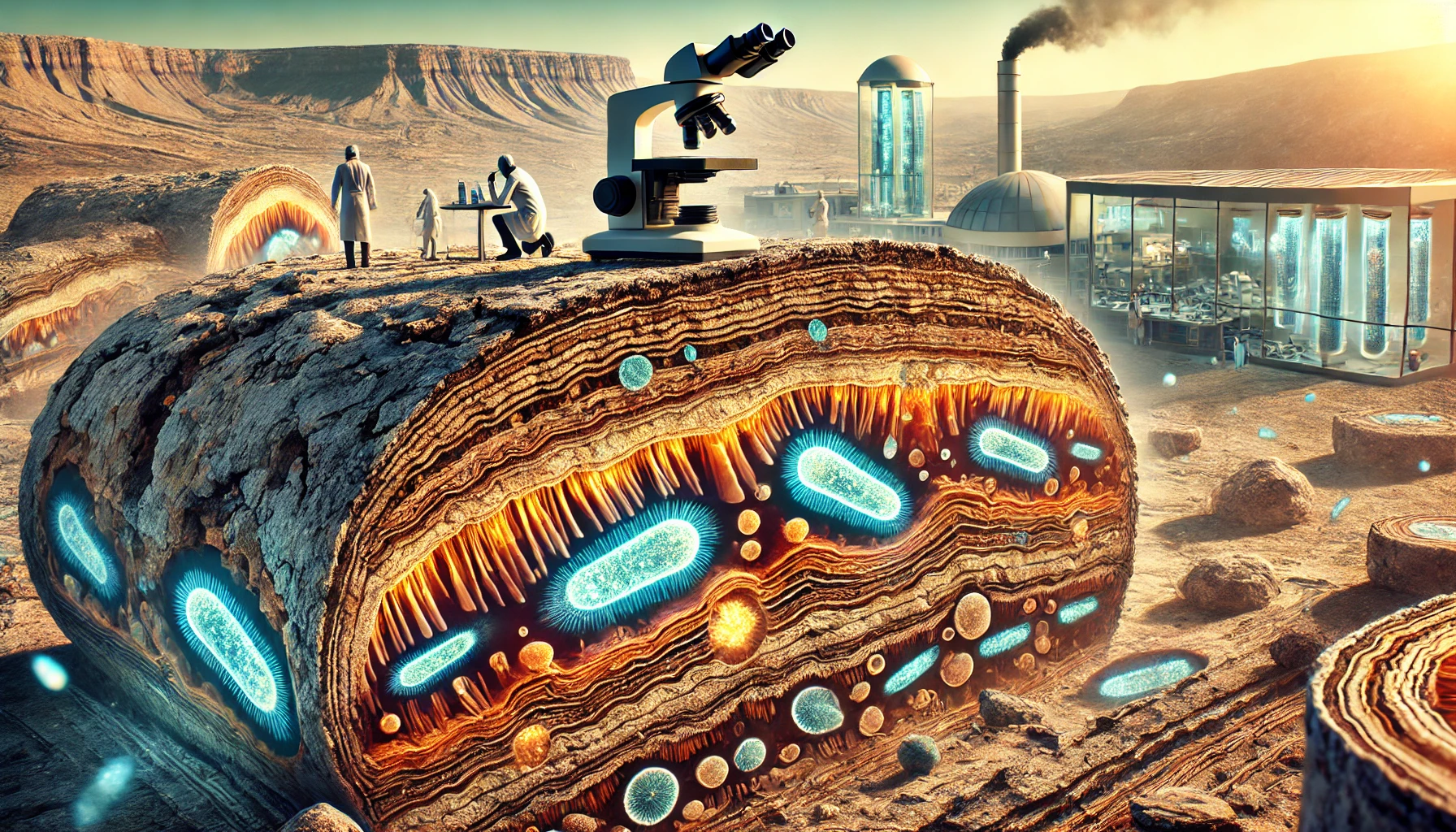The X-37B spaceplane is one of the most intriguing and mysterious pieces of technology operated by the U.S. military. Designed by Boeing and run under the jurisdiction of the U.S. Space Force, this reusable, unmanned vehicle has been shrouded in secrecy for years. As the Pentagon provides updates on this classified space mission, the public is left with more questions than answers. What exactly is the X-37B doing in orbit? What missions has it been tasked with? And how does it fit into the broader …
Jupiter’s Great Red Spot (GRS), the largest and most famous storm in our solar system, has captivated astronomers for centuries. However, recent findings have revealed something surprising: the storm is shrinking and periodically squeezing, a phenomenon that has left scientists puzzled. Using data from the Hubble Space Telescope, NASA has been tracking these changes in Jupiter’s atmosphere, and the results are both intriguing and unexpected. But why is this happening? And what does it mean for the future of Jupiter’s Great Red Spot? The Great …
The vastness of the universe has long intrigued humanity, and today, with the combined efforts of NASA’s Hubble Space Telescope and New Horizons mission, we are closer than ever to understanding exoplanets—planets beyond our solar system. This partnership has created new possibilities for exoplanet exploration, offering a dual perspective on distant worlds that will undoubtedly shape the future of space research. In this blog, we’ll delve into how the Hubble and New Horizons collaboration is making significant strides in the field of exoplanet exploration, what …
As Hurricane Milton swept across Florida in 2024, it left a significant impact on both the state and the world of space exploration. With its Category 5 strength, the storm brought immense challenges to NASA’s Kennedy Space Center (KSC) and the nearby Cape Canaveral Space Force Station, two of the world’s most critical hubs for space missions. The damage assessment process, the delay of major space missions like the Europa Clipper, and how NASA and the Space Force responded to this unprecedented event are all …
Stargazers and comet enthusiasts have a celestial treat coming in 2024—an opportunity to witness the rare comet C/2023 A3 (Tsuchinshan-ATLAS) streak across the night sky. This astronomical event promises to be a spectacle, and you won’t want to miss it! Whether you’re an amateur astronomer or just curious about the night sky, this guide will walk you through how to see a comet, the best time to view it, and tips on how to use a telescope to catch a glimpse of this rare visitor …
For years, the concept of a doomsday asteroid has fueled imaginations and fears alike. Movies, media, and even some scientific predictions have painted terrifying scenarios where a massive asteroid—or worse, an asteroid swarm—threatens to wipe out life on Earth. However, a new study offers reassurance: the likelihood of such a catastrophic event is lower than previously thought. While the possibility of an asteroid impact is real, ongoing research and NASA asteroid defense strategies have provided more robust systems for asteroid tracking, impact prediction, and planetary …
In an extraordinary discovery, scientists have found ancient microbes alive in 2-billion-year-old rock formations deep below the Earth’s surface. These subsurface microbes have been sealed away from the world for billions of years, surviving in extreme conditions where life was previously thought impossible. This discovery has not only reshaped our understanding of early microbial life in rocks, but it also offers clues about the potential for life on other planets, including Mars. The oldest living organisms ever found, these microbes raise new questions about the …
The Vulcan Centaur rocket represents a bold step forward for United Launch Alliance (ULA), a company that has long been a cornerstone in American spaceflight. As ULA’s successor to the reliable Atlas V and Delta IV rockets, the Vulcan Centaur is designed to carry out the company’s national security, commercial, and civil space missions for decades to come. But the rocket’s road to full certification has been far from smooth, especially after experiencing recent issues, such as losing a solid rocket booster nozzle during testing. …
Mars has always captured the imagination of scientists and dreamers alike, particularly with the tantalizing possibility that it may have once been a habitable planet. In recent years, NASA’s Curiosity rover has provided critical data that deepens our understanding of how Mars evolved from a potentially life-supporting environment to the dry, inhospitable world we see today. As part of NASA’s Mars exploration mission, Curiosity has uncovered evidence of ancient Mars rivers, Mars water evidence, and clues about the Martian atmosphere, offering a clearer picture of …
For stargazers and astronomy enthusiasts alike, October brings a rare opportunity to witness one of the most captivating celestial events of the year — the Draconid meteor shower. This year, California’s clear autumn skies are set to be illuminated by the shower, giving residents the perfect chance to catch a glimpse of these fiery streaks known as shooting stars. While the Draconid meteor peak typically produces fewer meteors than other showers, its visibility in the early evening makes it a highly anticipated event for those …









